We have heard that third time’s a charm; that indeed holds true for the SpaceX Falcon 9 rocket. It successfully launched a space and Earth sciences satellite on February 11 after two failed attempts due to weather and technical problems. However, the drone ship’s landing was not possible due to bad weather in the ocean at the landing site. 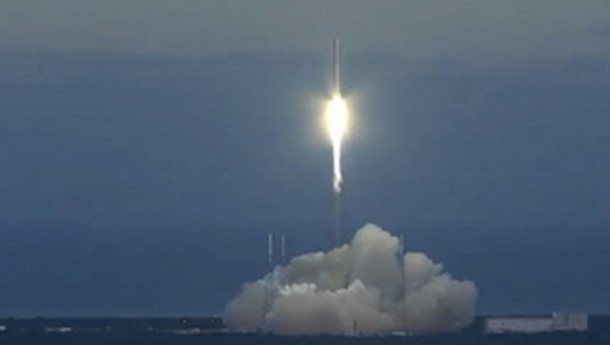
The SpaceX Falcon 9 rocket launched into orbit at 6:03 pm carrying the Deep Space Climate Observatory (DSCOVR), a satellite designed to serve as an early warning system for potentially dangerous solar storms. “The Falcon takes flight! Propelling the Deep Space Climate Observatory on a million-mile journey to protect our planet Earth,” explained NASA spokesman Mike Curie during launch commentary. “A beautiful ascent.” 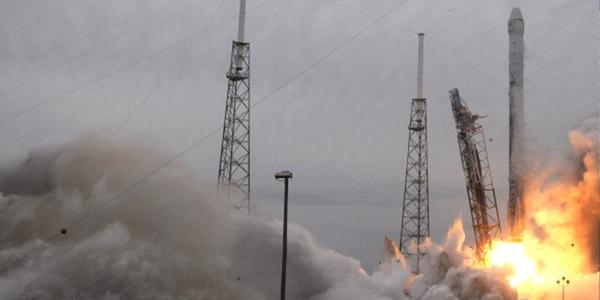
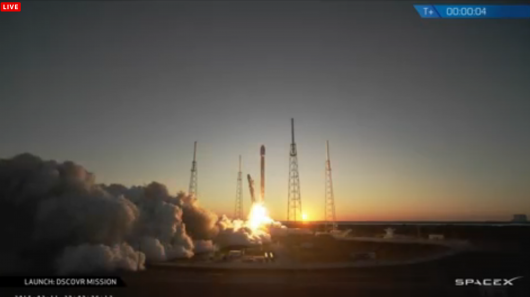
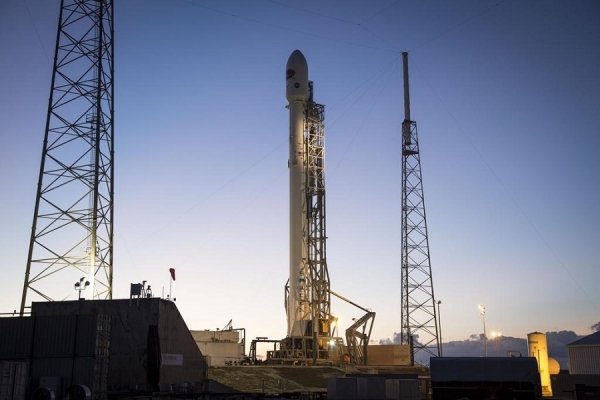
The CEO and founder of SpaceX, Elon Musk said that the barge landing attempt would be much harder than previous ones because the booster was re-entering the Earth’s atmosphere at deep-space return velocity, resulting in twice the force and four times the temperature. However, he also said that this time the Falcon 9 was carrying a surplus of hydraulic fluid, the lack of which caused the previous crash. “The drone ship was designed to operate in all but the most extreme weather,” SpaceX said in a statement. “We are experiencing just such weather in the Atlantic with waves reaching up to three stories in height crashing over the decks.” 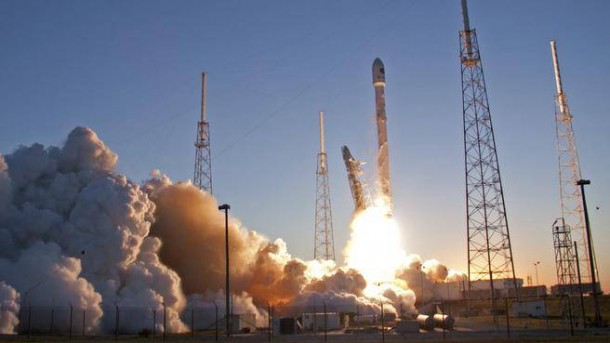
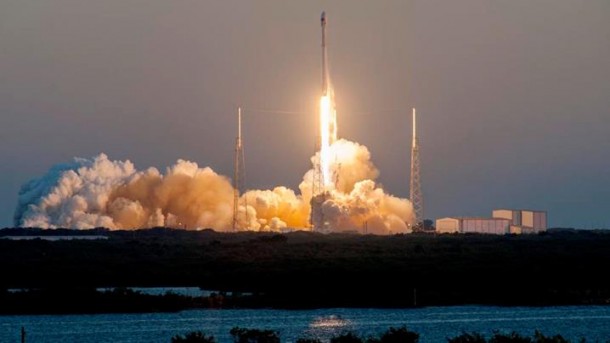
The DSCOVR satellite is a partnership of NASA, the National Oceanic and Atmospheric Administration (NOAA) and the U.S. Air Force. It has been in the works for more than 10 years. The satellite was originally approved in 1998 under the name Triana as a NASA Earth science mission. Now, the $340 million DSCOVR will let NOAA scientists know when the harmful space weather could put satellites in orbit or power grids on Earth in danger. The spacecraft is now heading to its far-off orbit, a point 1 million miles (1.6 million km) from Earth known as Lagrange 1 to begin its solar sentry mission.


